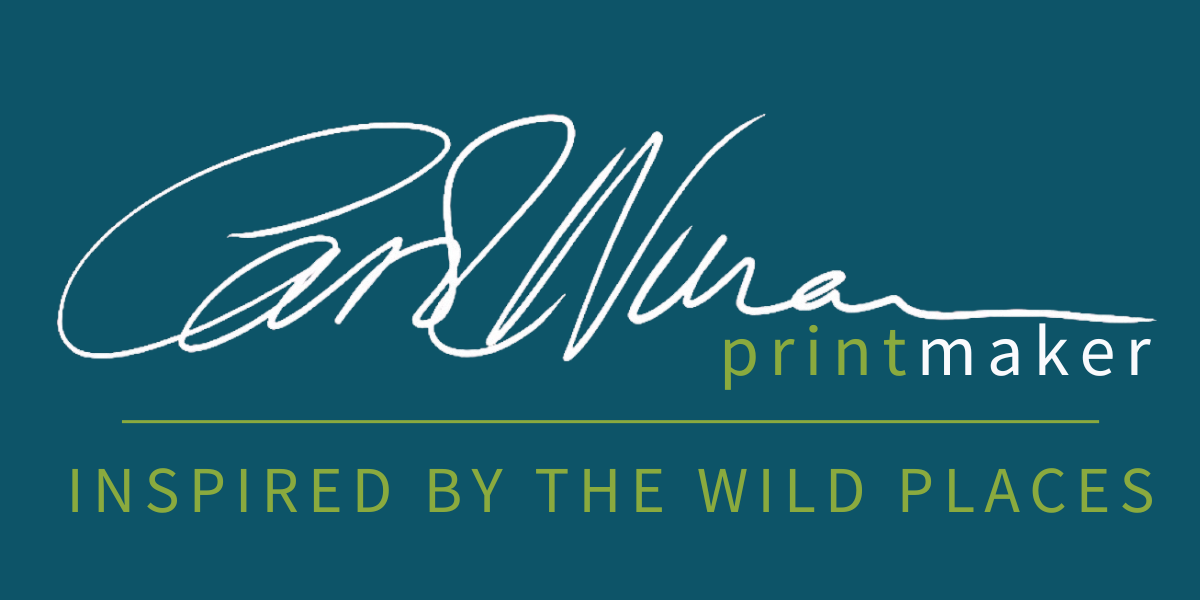Unveiling the Beauty of Collagraph Prints: A Unique Art Form Explained
Discover the fascinating world of collagraph print, derived from the word "collage." Explore the process, materials, and surprises that make these prints unique one-offs. Perfect for print enthusiasts seeking to add original pieces to their print collection.
Updated November 2025
Introduction:
Have you ever heard of collagraph prints? The word collagraph derives from the term "collage." Collagraphs are a distinctive form of printmaking. Printmakers who specialise in this technique make beautiful textured collaged plates. These plates create collagraph prints. In this post, I will demystify the intricate process behind collagraphy. I will share what I love about the magic of this printmaking technique with you. Join me on a journey into the world of collagraphs. As an art lover you will begin to appreciate why I love it. I'll tempt you to buy an original piece for your personal collection.
Choosing the Perfect Substrate:
The foundation of a collagraph lies in selecting the substrate. I use mount board most of the time. If I'm looking for a specific desired texture or surface finish I might opt for .8mm wood-ply, Perspex, or sheet metal. Mount board comes in a choice of smooth or textured surfaces. These lend themselves well to creating a collagraph. For a beautiful wood grain, wood-ply is a good choice. Perspex and sheet metal are great for combining collagraph with drypoint techniques.
Endless Textured Materials for Collagraph Plates:
A collagraph plate presents endless possibilities. An array of textured materials are available around your home. They include textiles, wood filler, bathroom sealant, PVA, carborundum, textured wallpaper, and more. When selecting materials, ensure they are not too thick. Excess thickness can pose challenges when the plate passes through the press. The potential is there to cause damage to the paper or press blankets. If you damage the blankets, that can be costly. Remember to seal the plate if you select water-soluble glue before applying the ink. I started using a waterproof PVA adhesive. In doing so, I've eliminated the need to seal the plate. Some wood fillers or plaster brands may disintegrate if left unsealed. I mix in PVA to create a binder that prevents crumbling during the inking and printing process.
Inking and Printing Process:
In order to bring the collagraph plate to life, I spread and work the ink into the plate with scrap cards and brushes. By mixing the inks with linseed gel the application process becomes more manageable. I then wipe away the excess ink leaving behind ink in the lower recesses of the plate. I often add contrasting or complementary colours to the relief surfaces with a roller, a padded cloth, brushes or a combination of all three.
The Thrill of the Reveal:
Once the inked plate is ready, I lay a heavy-weight damp sheet of paper over it. The paper and plate pass through an etching press under pressure. This step moulds the paper around the plate, lifting the ink out of the grooves. The image begins to reveal itself when I lift the paper off. It is an exhilarating moment filled with serendipity. All the plate preparation and ink application choices pay off.
Conclusion:
These prints, born from collage, offer an interplay of textures, materials, and colours. Something that real print enthusiasts will fully appreciate. With each collagraph plate, my artist's vision comes to life. The element of serendipity creates surprises and intrigue. Find a unique and cherished piece of art to enrich your print collection. Explore the beauty of collagraphs and indulge yourself. Start your collagraph journey today. Discover the endless possibilities that collagraphs have to offer. Do you want to try making one? You will find more information in my how to guide here. Once you are ready to explore more advanced techniques you can find out more here.


